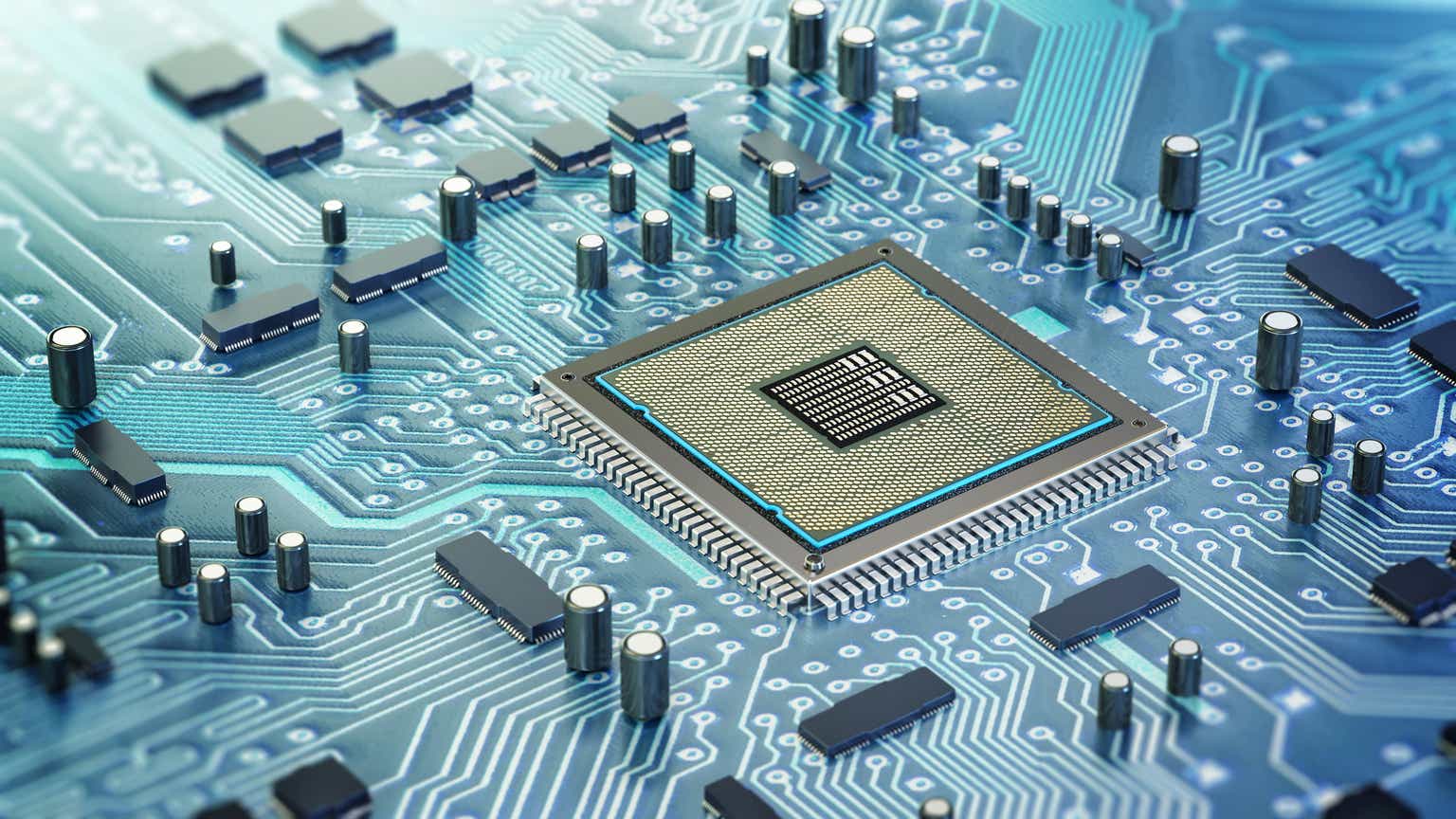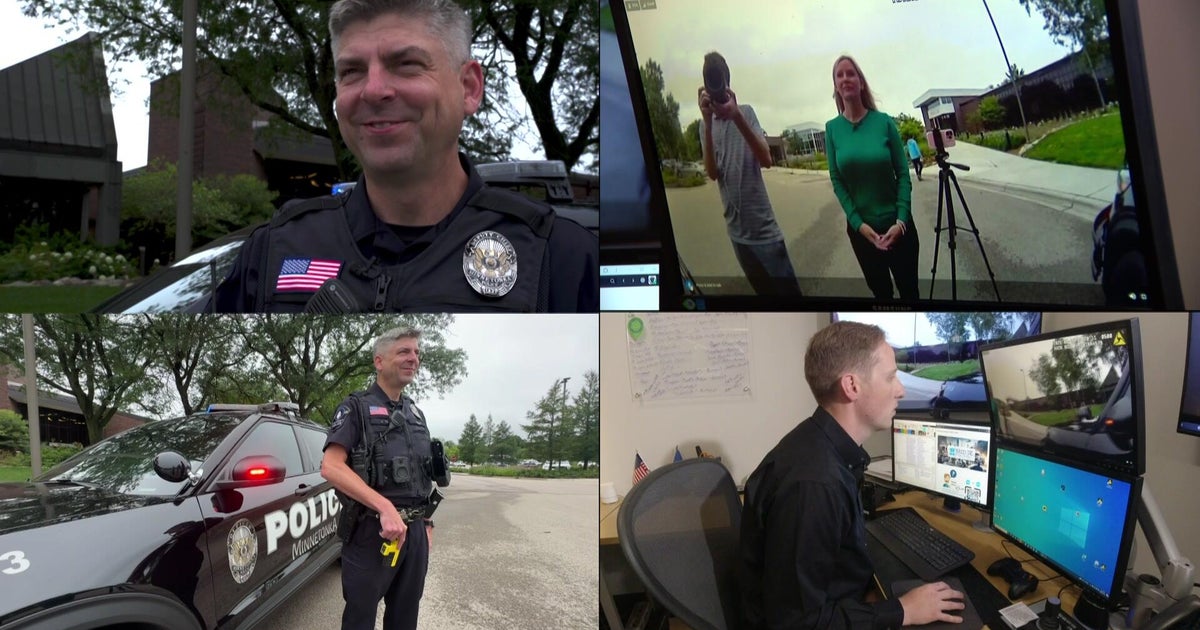Is Comet 3I/ATLAS Advanced Alien Technology? Harvard Scientist's Bold Claim Sparks Debate

The cosmos has always held the tantalizing possibility of life beyond Earth, and now, a controversial theory is shaking the scientific community. Renowned Harvard astrophysicist Avi Loeb is proposing a groundbreaking, and some might say outlandish, idea: Comet 3I/ATLAS could be an artifact of alien technology – potentially even a 'hostile' probe sent to our solar system.
Loeb, known for his provocative hypotheses and unwavering pursuit of unconventional explanations, recently co-authored a research paper detailing this startling speculation. The paper, published in July, suggests that the comet's unusual trajectory and composition warrant a second look, one that considers the possibility of artificial origins.
Why Comet 3I/ATLAS?
Comet 3I/AT ATLAS, discovered in 2019, exhibited a particularly bright and fragmented appearance as it approached the sun. Its rapid disintegration and peculiar behavior initially puzzled astronomers. While natural explanations like solar radiation and gravitational forces are typically cited, Loeb's team argues that these alone may not fully account for the comet's observed characteristics.
“We’re not claiming that it *is* alien technology,” Loeb clarified in an interview. “But we need to consider all possibilities, even those that seem improbable. The burden of proof lies in ruling out all natural explanations.”
The Artificial Origin Hypothesis
Loeb's hypothesis posits that the comet could be an artificial object – a probe or spacecraft – constructed from materials significantly stronger than those found naturally in comets. He suggests the object could be a 'light sail' propelled by radiation pressure, designed to travel vast interstellar distances. The fragmented appearance, he proposes, could be the result of deliberate self-destruction or damage sustained during its journey.
The research paper outlines several lines of evidence that, if confirmed, would lend support to this theory. These include:
- Unusual Composition: If the comet's composition deviates significantly from typical cometary material, it could indicate artificial construction.
- High Strength-to-Mass Ratio: The comet’s ability to withstand solar radiation and gravitational forces without disintegrating completely suggests a material with exceptional strength.
- Artificial Structures: The possibility, however remote, of detecting artificial structures within the comet’s debris.
Skepticism and the Path Forward
Naturally, Loeb’s theory has been met with considerable skepticism from the scientific community. Many astronomers argue that natural processes can adequately explain the comet’s behavior, and that invoking alien technology is an unnecessary and speculative leap. However, Loeb remains undeterred, advocating for further investigation and observation.
He is calling for the deployment of advanced telescopes, like the Vera C. Rubin Observatory, to conduct detailed spectroscopic analysis of the comet's remnants. Such observations could reveal the comet’s precise composition and potentially uncover evidence of artificial materials or structures.
The Broader Implications
Regardless of the ultimate outcome, Loeb’s proposal highlights the importance of maintaining an open mind when exploring the universe. It challenges us to question our assumptions and to consider possibilities that may seem far-fetched. Even if Comet 3I/ATLAS proves to be a purely natural phenomenon, the exercise of considering alternative explanations can drive innovation and lead to a deeper understanding of our place in the cosmos.
The search for extraterrestrial life is one of humanity’s most profound endeavors. While the possibility of alien technology visiting our solar system remains a distant prospect, it’s a question worth asking – and a theory worth investigating, however controversial it may be.






